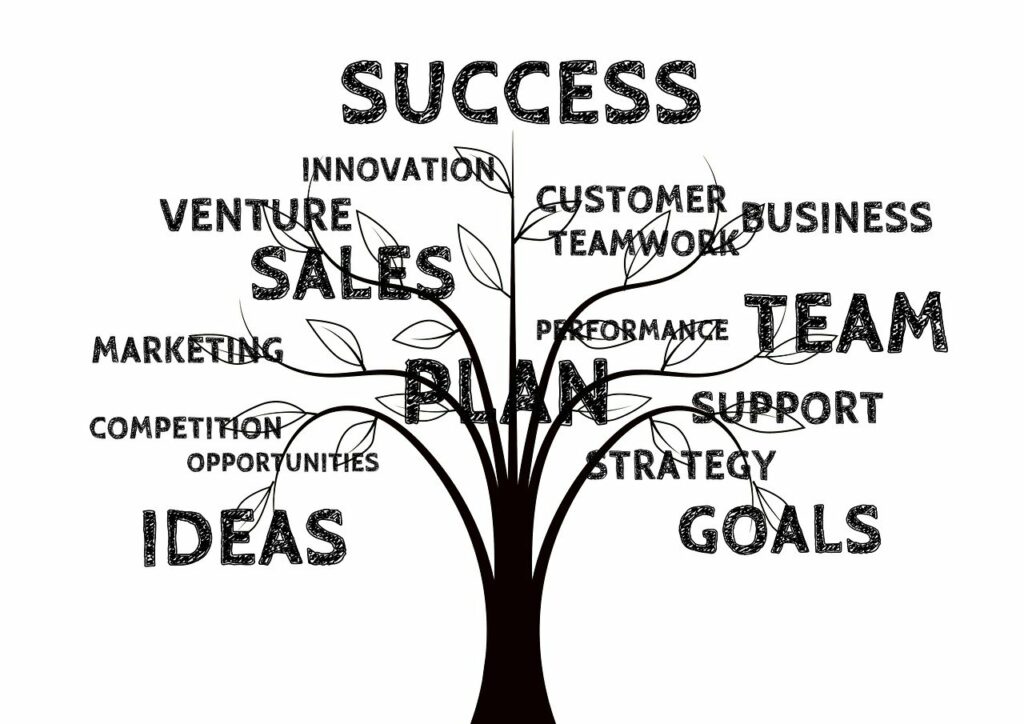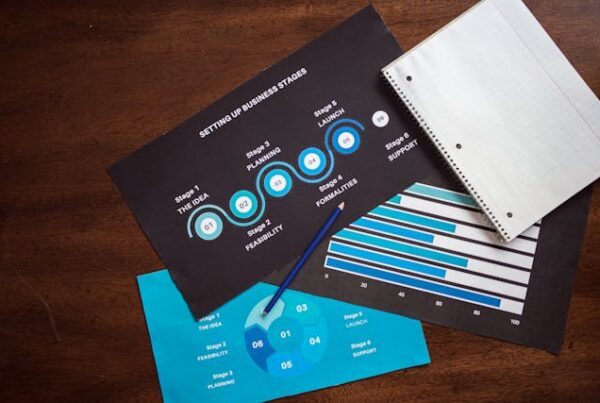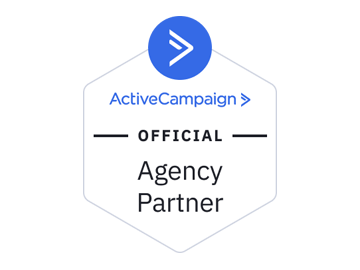Strategic planning is essential for businesses looking to thrive in today’s competitive landscape. A crucial aspect of strategic planning is developing effective customer retention strategies. By focusing on retaining existing customers, businesses can increase customer loyalty, boost profitability, and create a strong foundation for long-term success.
In this article, we will explore powerful customer retention strategies that can be incorporated into your strategic planning efforts. These strategies will help you build lasting relationships with your customers, foster brand loyalty, and drive sustainable growth.
1. Understanding Customer Needs: The Key to Retention
Understanding the needs of customers is important for retaining them because it helps you to deliver value, satisfaction, and loyalty. Customers have different needs, preferences, and expectations when they buy your products or services. By understanding their needs, you can:
– Personalize your offerings and interactions to suit their specific requirements and goals. Customers appreciate when you tailor your solutions to their unique problems and provide them with relevant recommendations and suggestions.
– Improve your products or services based on their feedback and suggestions. Customers like to see that you listen to their opinions and act on them.
– Anticipate their future needs and provide them with proactive support and guidance. Customers value when you go the extra mile to help them achieve their desired outcomes and prevent potential issues.
– Engage them in meaningful conversations and interactions that build trust and rapport. Customers want to feel that you understand them and empathize with them. They also want to have a say in your decision-making process and be informed of any changes or updates⁴.
Understanding the needs of customers will help you create a positive customer experience. It will help you create strategic marketing and promotional plans that make them happy, loyal, and likely to refer others to your business. This will help you retain your customers and increase your customer lifetime value.
Conduct thorough market research and gather customer feedback to gain insights into their preferences, pain points, and motivations. You can use the information to tailor your products, services, and overall customer experience to meet and exceed their expectations.
2. Personalized Strategic Planning: Making Customers Feel Valued
Personalization is a powerful tool for customer retention. Tailor your interactions, marketing messages, and offers to each customer’s preferences and past interactions with your brand.
Utilize customer data and segmentation to deliver personalized experiences that make customers feel valued and understood. This level of personalization fosters a sense of loyalty and strengthens the bond between your brand and its customers.
3. Exceptional Customer Service: Going Above and Beyond
Exceptional customer service is a cornerstone of customer retention. Train your customer service team to provide prompt, courteous, and personalized support. Empower them to go the extra mile to resolve issues and exceed customer expectations.
By demonstrating a commitment to providing outstanding service, you solidify customer loyalty and create positive word-of-mouth referrals.
4. Rewarding Loyalty: Incentives and Benefits
Offer incentives such as exclusive discounts, special promotions, or access to VIP events. These rewards not only encourage repeat purchases but also reinforce the customers’ decision to choose your brand over competitors.
Effective loyalty programs create a sense of exclusivity and make customers feel appreciated, leading to increased retention rates.
5. Consistent Communication: Stay Top-of-Mind
Maintain regular and consistent communication with your customers. Leverage various channels such as email marketing, social media, and personalized messages to stay top-of-mind. Provide valuable content, useful tips, and updates about new products or services.
By staying engaged and relevant, you reinforce your brand in the minds of customers and encourage ongoing loyalty.

6. Proactive Strategic Planning: Anticipate and Address Issues
Proactively identify and address potential issues before they become major problems for your customers. Monitor customer feedback, conduct surveys, and analyze data to identify pain points or areas for improvement.
Some of the ways companies can anticipate and address issues with customer service are:
Analyze customer behavior and feedback to understand why customers are calling for support, what problems they are facing, and what solutions they are looking for. This can help companies to identify common issues, patterns, and trends, and to improve their products, services, and processes accordingly.
Initiate check-ins and follow-ups with customers to see how they are doing, how they are using the products or services, and how they feel about their experience. This can help companies to build rapport, trust, and loyalty with customers, as well as to collect valuable feedback and suggestions.
Use proactive communication channels such as email, SMS, chatbots, or social media to reach out to customers before they contact the company. This can help companies to inform customers of any updates, changes, or issues that might affect them, as well as to provide them with tips, guides, or resources that might help them.
Empower customer service agents to make the right decisions for customers by giving them the authority, training, and tools to resolve issues quickly and effectively. This can help companies to reduce the number of transfers, escalations, or callbacks, and to increase the first call resolution rate.
Use predictive analytics and artificial intelligence to anticipate customer needs and preferences based on their past behavior, purchase history, or profile. This can help companies to provide customers with relevant recommendations, offers, or solutions that match their needs and expectations.
Taking swift action and effectively resolving issues will demonstrate your commitment to customer satisfaction. This will help build a positive brand awareness and create loyalty among your customers.
7. Continuous Improvement: Evolve with Customer Needs
Successful customer retention strategies require continuous improvement and evolution. Stay attuned to changing customer needs, market trends, and industry innovations.
You must adapt your products, services, and strategies accordingly to ensure you remain relevant and meet the evolving expectations of your customers. Embrace innovation and be willing to make necessary changes to maintain customer satisfaction and loyalty.
Embrace Strategic Planning for Customer Loyalty
Strategic planning plays a fundamental role in developing powerful customer retention strategies. You must understand customer needs and personalizing interactions. It is important to provide exceptional service by proactively solving problems.
Consistent communication is important to build lasting relationships with customers. These strategies foster customer loyalty, drive repeat business, and contribute to long-term success. You should Incorporate these customer retention strategies into your strategic planning efforts to create a strong foundation for sustainable growth, increased profitability, and a loyal customer base.
Are you ready to boost customer retention and drive business growth? Contact VUP Media to learn how our strategic planning expertise can help you develop powerful customer retention strategies that drive success.









